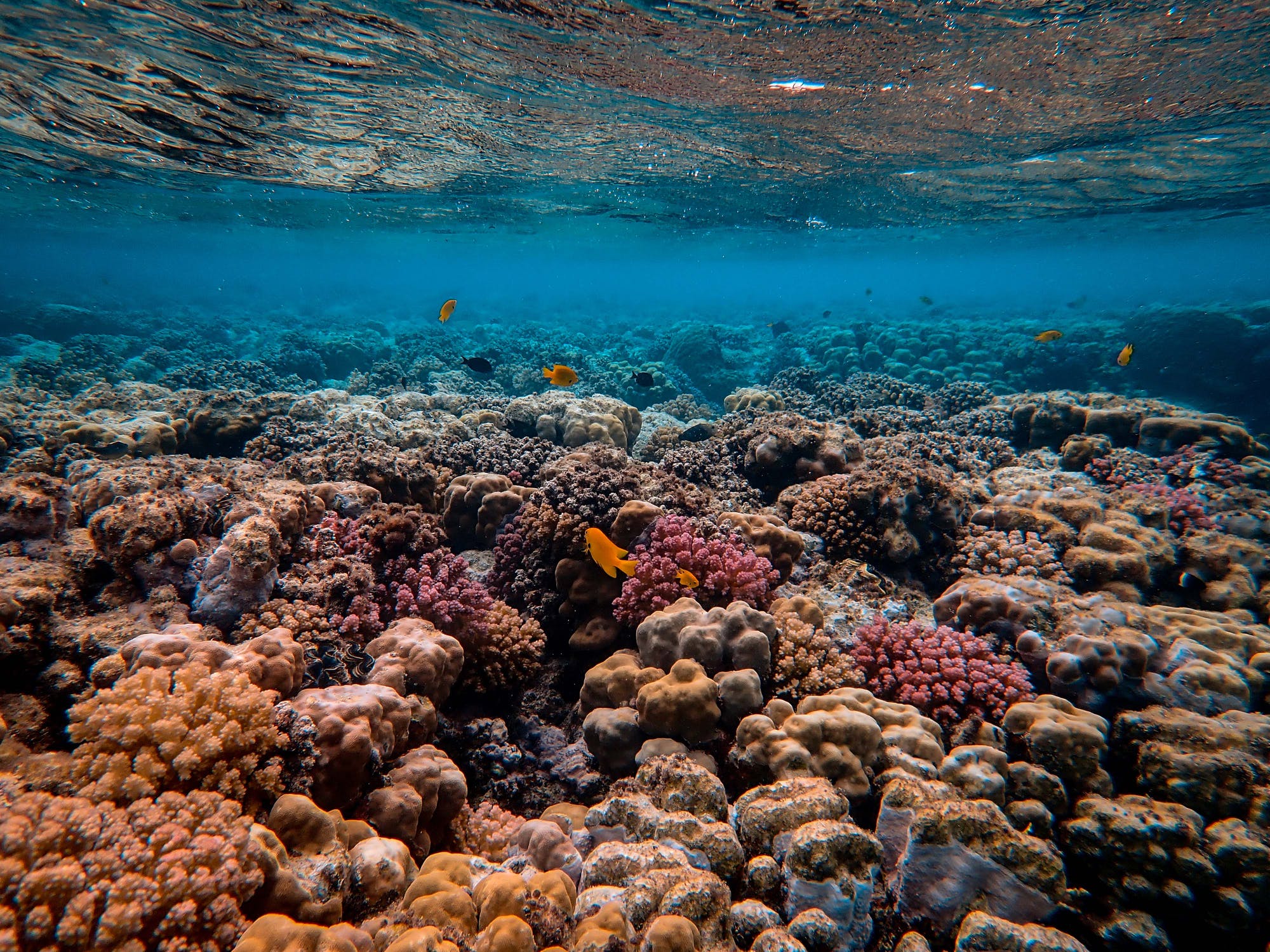Latest Fishing News
10-15 November 2021
Kiribati Terminates Giant Marine Protected Area to Boost Tuna Fishing
The government of the Pacific island nation of Kiribati is reportedly in discussions to open up one of the world’s largest marine reserves to commercial fishing.
The Phoenix Islands Protected Area (PIPA), spanning more than 115,000 square nautical miles adjacent to U.S. waters, could be de-registered as a World Heritage Site and made accessible to commercial fishing if the government’s plan sails through.
According to an article by 1News, a New Zealand news outlet, the Kiribati Cabinet has already made the decision to open up the marine reserve and notified international partners two weeks ago. The cabinet says that the reason behind the radical move is to take advantage of over $200 million that could be generated per year from tuna fishing licenses in the marine reserve. Continue reading here (Source: The Maritime Executive).
Major Retailers and Fish Processors Launch Bid to Save Pacific Tuna MSC Status
Some of the world’s biggest retailers are calling on over 30 Pacific-based tuna fisheries to ensure compliance with Marine Stewardship Council certification requirements ahead of a key regional meeting next year.
In a letter drafted last month by the Global NGO Tuna Forum on behalf of 112 supply chain businesses and supermarkets, including Aldi, Costco, Tesco and Walmart, fisheries in the Western and Central Pacific were urged to “accelerate action to develop comprehensive harvest strategies across all tuna stocks” to prevent the loss of MSC certification.
The forum’s letter warned that 27 fisheries operating under the Western and Central Pacific Fisheries Commission (WCPFC), an intergovernmental body, “are at high risk of suspension from the MSC” if harvest strategies and harvest control rules are not finalised by December 2022, when a WCPFC meeting is due to be held. Five other fisheries in the region are seeking MSC certification. Continue reading here (Source: The Grocer).
How the Magnuson-Stevens Act Shaped Hawaii’s Fishing Industry
In the 1960s, huge foreign trawlers were raking the ocean floor for fish just a few miles off U.S. coasts, destroying the seabeds with their weighted nets and depleting once-bountiful stocks of pollock and perch, hake and herring, cod and haddock.
At the same time, Asian longline fleets were rapidly expanding their tuna-fishing grounds as they developed methods to deliver more frozen fish for canneries and fresh fish for sashimi markets.
The commercial fishing industry boomed into the 1970s, fueled by the world’s hunger for cheap protein. The Soviets soon had hundreds of factory ships in the Atlantic and Pacific, from Boston to the Bering Sea. The Japanese hauled in more than 24 billion pounds of sea creatures in 1975 alone — half of it caught within a couple hundred miles of another country’s coast. Continue reading here (Source: Honolulu Civil Beat).
TIME Names Vegan Tuna One of the 100 best Inventions of 2021
TIME magazine included vegan tuna made by startup Kuleana on its prestigious 100 Best Inventions of 2021 list. To create the list, TIME solicited nominations from its editors and correspondents and through an online application process and then evaluated each contender on key factors such as originality, creativity, efficacy, ambition, and impact. Kuleana’s sushi-grade vegan tuna was chosen for its unique ingredient list (which includes algae, koji, radish, bamboo, and potato), its health-promoting qualities, and its world-saving potential to make industrial tuna fishing obsolete.
“Tasty and nutritious plant-based alternatives for meat and chicken have been available for years. But seafood? Not so much,” TIME wrote about Kuleana’s innovative tuna. “That’s the void that Kuleana is trying to fill with its 100-percent plant-based, sushi-grade, ready-to-eat tuna …[and it] retains the iron, vitamin B12, and omega-3 fatty acid of the real thing—without the microplastics, mercury, or high cholesterol. And the benefits are more than nutritional—it may also help to alleviate reliance on industrial fishing in the face of increasing demand for fresh food.”
Continue reading here (Source: All Foods Magazine).
NOAA Looks to a New Marine Sanctuary Off California
A public comment and scoping process is opening on a proposed 7,000-plus-square mile national marine sanctuary off 156 miles of California coast, to start planning for ecosystem protection that will dovetail with offshore wind energy development in the Morro Bay region, according to Biden administration officials.
The Chumash Heritage National Marine Sanctuary off the central California coast, adjacent to San Luis Obispo and Santa Barbara counties, “would protect the region’s important marine ecosystem, maritime heritage resources and cultural values of Indigenous communities, while allowing NOAA to manage compatible uses within its boundaries,” according to a Tuesday announcement by the agency.
“The National Marine Sanctuaries Act allows NOAA to designate and protect areas of marine and Great Lakes environments with special national significance.” Continue reading here (Source: National Fisherman).
Proposed Updates to Federal Fishing Law Target Wespac
John Gourley is worried.
The vice chair of the Western Pacific Regional Fishery Management Council flipped through a printed copy of the 189-page Sustaining America’s Fisheries for the Future Act — the first major update to the nation’s primary federal fisheries law in 15 years — at a recent meeting of the council and urged his fellow members to get up to speed on the proposed legislation.
“There is a lot of stuff in this bill that will affect the way that we do business and the way we manage our fisheries,” he said. “And some of it may not be what you want.”Continue reading here (Source: Honolulu Civil Beat).



